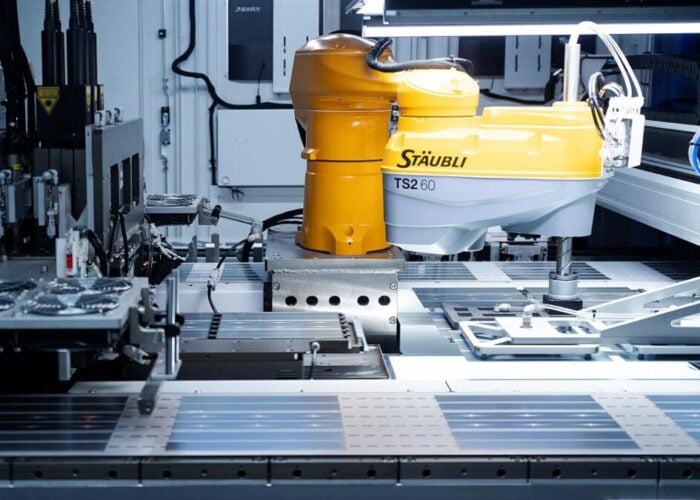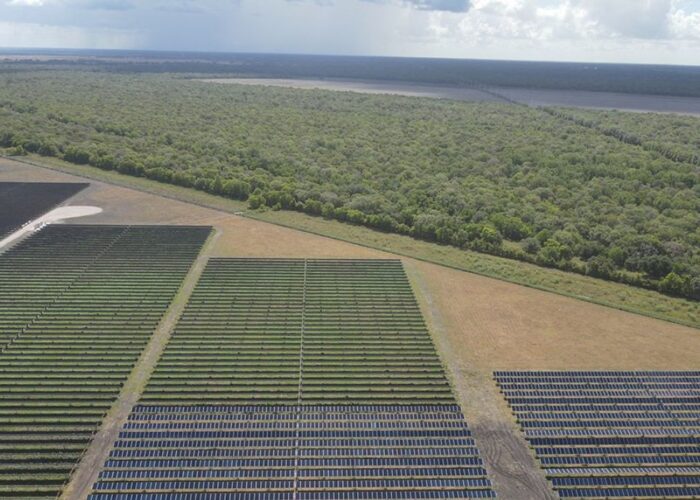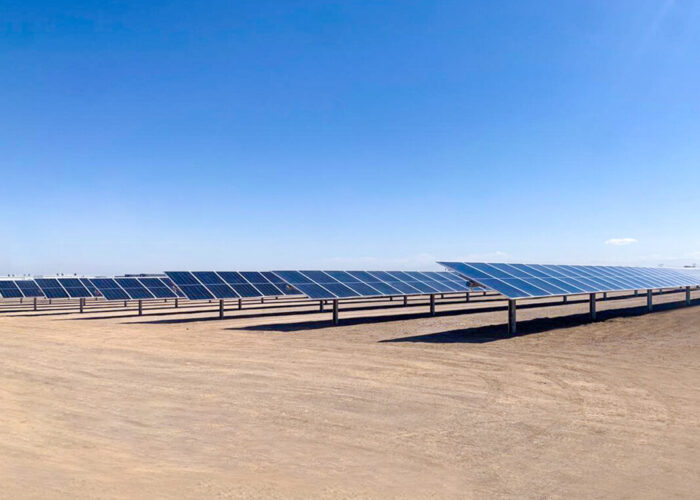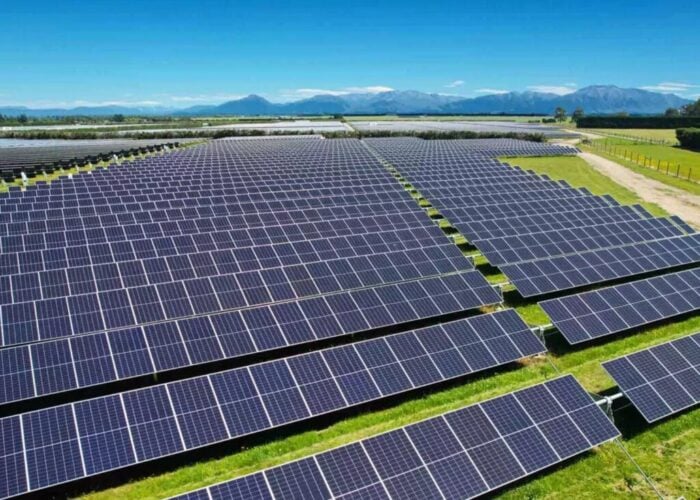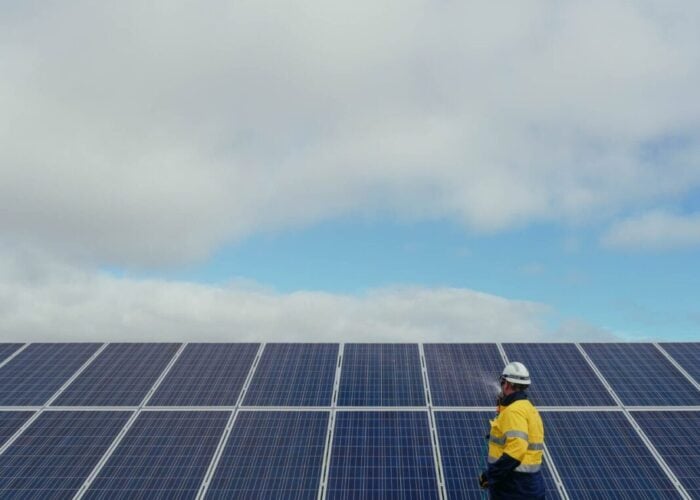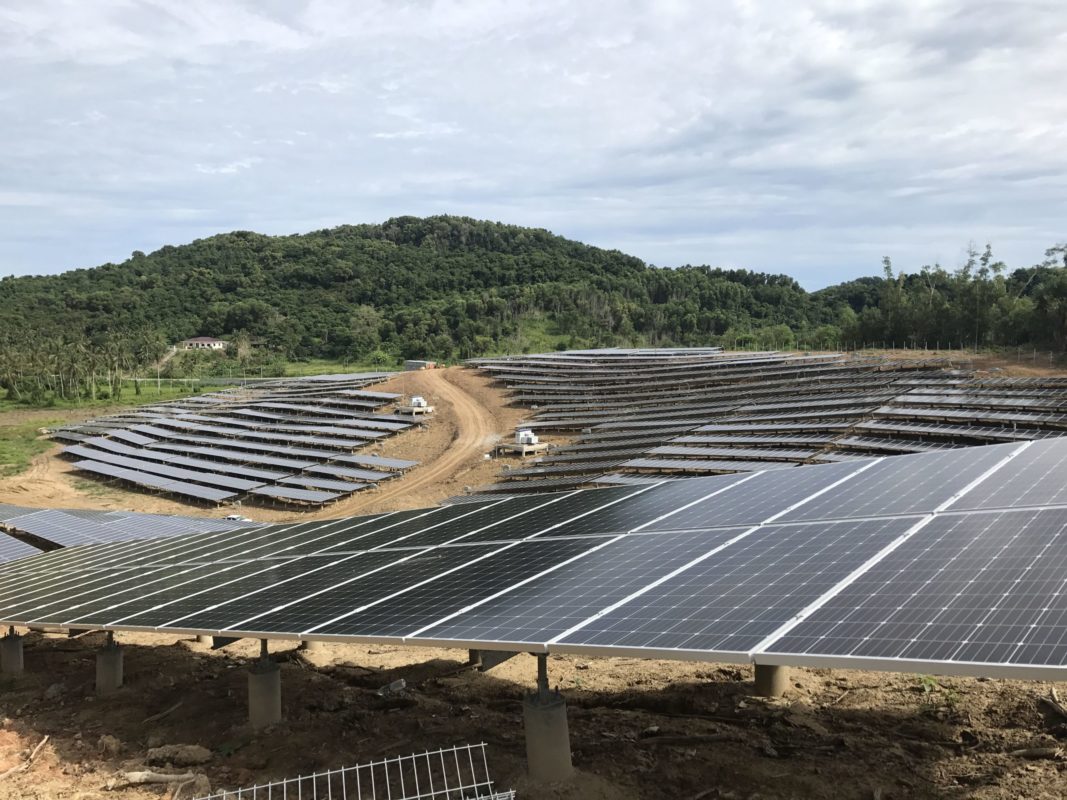
The first PV ModuleTech event is due to take place in Kuala Lumpur on 7-8 November, and the event is poised to explain and define the key module suppliers, technologies and audited metrics that are imperative to developers, EPCs, investors and asset owners for utility-scale solar module deployment in 2018 and beyond.
This article seeks to segment the non-China segment of module supply that is subject to increased levels of scrutiny in terms of quality and traceability, but also topically – and in terms of the conference location – why the event may turn out to be a dream-ticket for projects set to be undertaken in the domestic Malaysia market in the next 6-8 months.
Try Premium for just $1
- Full premium access for the first month at only $1
- Converts to an annual rate after 30 days unless cancelled
- Cancel anytime during the trial period
Premium Benefits
- Expert industry analysis and interviews
- Digital access to PV Tech Power journal
- Exclusive event discounts
Or get the full Premium subscription right away
Or continue reading this article for free
100GW of modules in 2017: how much is subject to quality auditing?
Leading into the PV ModuleTech conference, the question posed in the sub-heading has become a personal challenge, mainly to feed into my opening talk at the event.
Getting the answer to the question is not too different from any other market segmentation in which the total addressable market of 100GW is divided into specific served market segments based on supply and demand variations.
If we keep the round figure of 100GW module supply in 2017, for ease of numbers, then it is possible to quickly apply some back-of-the-envelope arithmetic to show how much of the global module supply is having to be subject to increased scrutiny.
Actually, as we go through the workings below, it turns out there is an additional component to factor in, other than new solar farm builds: secondary asset trading or pre-long-term hold flipping.
While this increases the market size, coming from due-diligence aspects of completed (as-built) site acquisitions or O&M contract negotiations, it is nonetheless a secondary market segment. For all purposes, the modules in these cases were specified, delivered and installed quite some time ago.
Therefore, if we restrict the analysis to new-builds, and testing/inspection, certification/factory-auditing, insurance, and technical/commercial bankability auditing, then it is fair to say that 100GW is the total addressable market.
China and non-China
Like everything else in the solar industry, there is the China and non-China divide, and from a third-party standpoint, you are either doing business in the market or you are not. The easiest thing here is to simply remove China as a separate case, as the channels to market for modules are fundamentally different to utility-scale solar elsewhere in the world.
This is evident in particular regarding the parent-company, state-owned and closed-shop module supply channels in place that effectively limit or render module choice as redundant. Often, EPC arms (also in-house owned) simply use modules from a fixed supply base.
This naturally creates a different means of qualifying module supply and module type, with the second factor here also having an impact from efficiency related thresholds imposed by schemes such as Front Runner.
Therefore, our simple analysis leaves us with a 50GW non-China market to carve up now.
Non-China module supply segmentation
The next step involves removing market segments, or countries as a whole, that have a different route to market for module supply.
The easiest segments to remove are small rooftops (both residential and small commercial). The assumption here is not entirely generic, as this part of the market is not homogenous in nature. For example, any consolidated (multiple rooftop) supply deal based on long-term contracts (for example for third-party financed rooftops) is likely to go through a greater level of due diligence. However, the vast portion of small rooftop installations has a localized module supply selection process, often based on sales relationships with local distributors and installers.
Next, we need to remove the countries that have some level of preferential treatment (legislative or inferred) for domestic module supply, such as Taiwan and South Korea, as it relates to large-scale ground-mounted projects.
Finally, there is the segment of large-scale downstream deployment that is financed by a parent, or major shareholder, of the module supplier.
This is similar to the China route for module supply mentioned above, and would cover, for example, Total financing project construction and using SunPower panels. These cases tend to be fewer in number, and perhaps isolated to only a small handful of examples outside China.
Doing this leaves a served addressable market of approximately 30GW of module supply that is currently subject to true bankability studies, or should be!
Of course, every company doing the project construction will claim to have done this in a detailed and diligent manner, but how many really know the full audit trail of every module deployed on site? Alarmingly, some simply say they are using ‘Tier-1’ module suppliers, and the discussion finishes there, at least until the final institutional investor picks up the pieces and realizes that site performance is not matching original spreadsheet expectations.
There will be more on this later this week in a follow-on blog on the PV-Tech website, and the problem will be tackled head on for two days at PV ModuleTech next month.
Malaysia and Southeast Asia solar build-outs
Within the 30GW served market for independently audited module supply today, part of this is coming from the auctions across Southeast Asia, and no more so than in Malaysia where the event just happens to be taking place on 7-8 November.
The choice of Malaysia for the inaugural PV ModuleTech event was done entirely as a neutral venue to discuss global issues surrounding module quality and reliability, but it turns out Malaysian developers and EPCs that were successful in the recent 460MWac auction round are among the subset of downstream companies that would benefit the most from knowing exactly what is available on the module supply side today.
Module selection for projects to be built-out in Malaysia over the next few months is well underway and as the most immediate short-term opportunity for utility based supply in the Southeast Asia region during 2018, there will be no shortage of module offers and quality claims being made to EPCs and developers, some of whom are new entrants to the utility-scale side, not to mention the financing of these projects and the involvement of the local utilities (TNB and SESB) in large-scale solar deployment for the first time.
It may be that the two days in Kuala Lumpur on the 7-8 November turn out to provide the local downstream segment in Malaysia with the key issues they need to factor into their final module supplier and module technologies decision-making over the next couple of months. Certainly, it will give them far greater knowledge of the key issues they need to be considering before committing to the most important part of their site builds whose true value is based on electricity supply over a 25+ year time period, and not merely minimizing build capex.
More information on the topics, speakers and scope of the PV ModuleTech conference, and how to get involved and attend in Kuala Lumpur on 7-8 November, can be found through this link.

